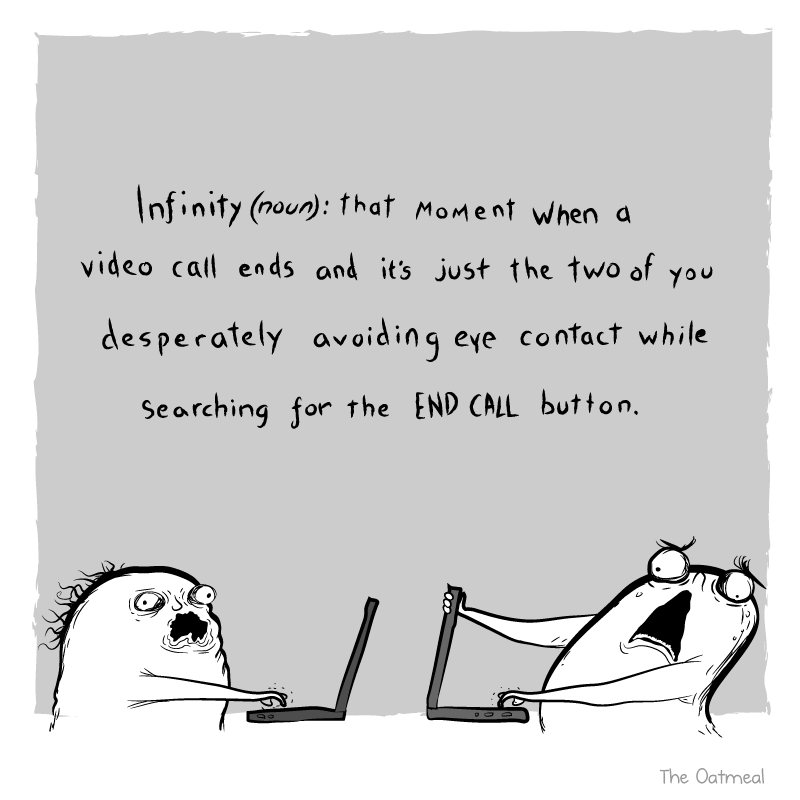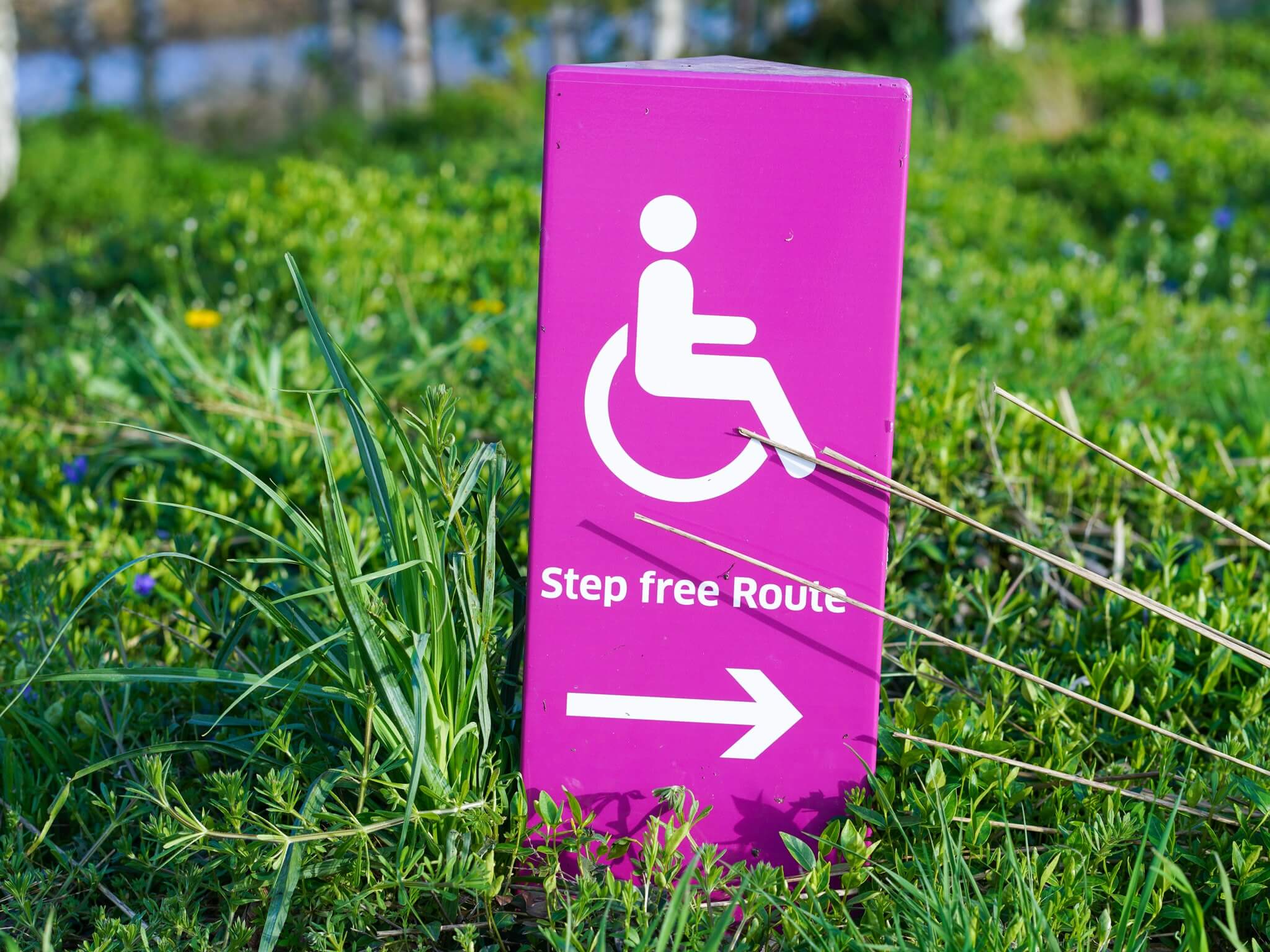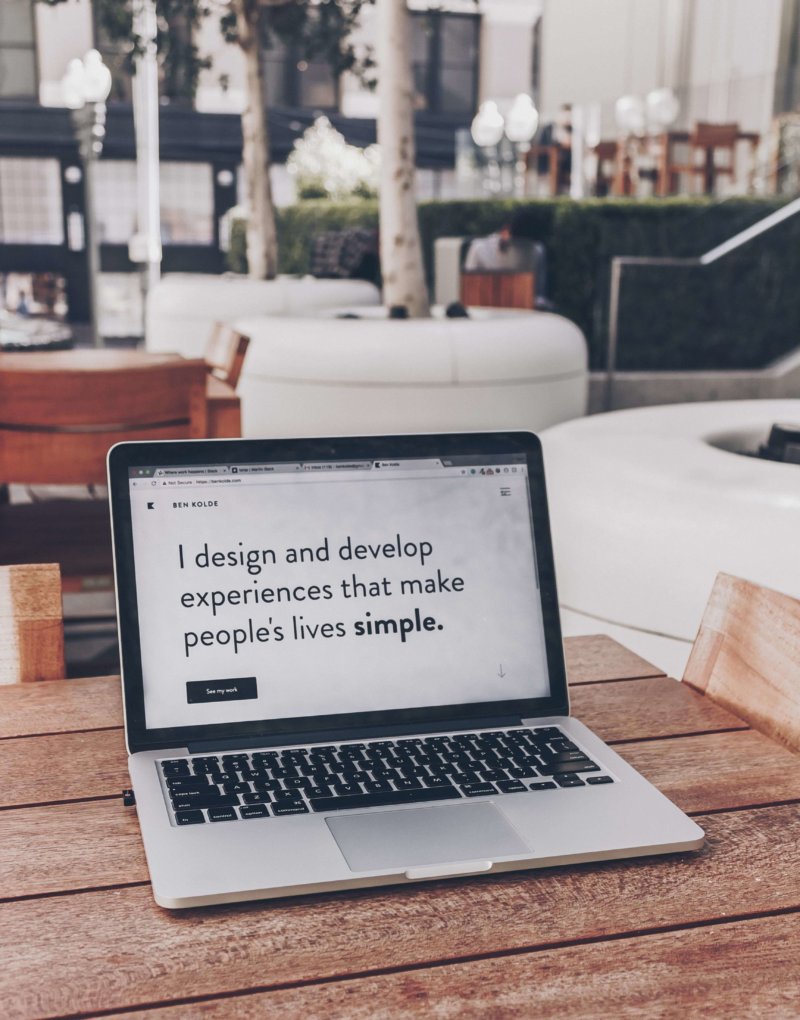08 July 2022
Why is Web Accessibility important for individuals, businesses, and society?

I’m pretty sure that when we say “accessibility and WCAG standards”, it at least rings a bell in your head – as it should.
It’s been a hot topic recently, but sadly, it’s still not a standard. But I know that it will become a standard – and one enforced by law. It already is in some places. The Covid pandemic influenced the digital world a lot, but it also revealed real barriers that exist for a large number of people who want to navigate the web.
Understanding and implementing web accessibility is urgent for business leaders, elected officials, and developers alike. Because the internet shouldn’t be exclusive. It is a tool that people use in their everyday lives for banking, health, official business, shopping, dating, communication, and managing services like electricity, gas, or garbage collection.
It’s our whole world in a nutshell. A world where everyone has to be included, or it just doesn’t work – this is why WCAG applies to you, no matter which sector you work in.
So what is WCAG? Shortly speaking, web content accessibility guidelines are the rules that make it possible for EVERYONE to use the Internet easily and equally.
Who implements accessibility? Accessibility is implemented by designers, developers, PMs, clients, and anyone who touches a project. It’s a joint accomplishment.
Fad or not?
Accessibility isn’t just a short-term buzzword, but an actual requirement and a necessity. We will go deeper into this topic in a series of articles. We’ll take a look at specific aspects of WCAG, starting from understanding the problem, going through the design process, development, testing, and why it’s necessary for developers and business owners in all niches to start implementing accessibility measures in order to stay competitive on the market (and abreast of the multiplying local laws!).
It’s important to go through practical examples and projects to find ways of improving development processes that include WCAG.
“Did you know that alt text is used for accessibility? It’s not just a place to cram errant keywords!”
Officially, we say that WCAG 2.1 relates to people with auditory, cognitive, neurological, physical, speech, and visual disabilities/impairments. But it’s not only a “them” problem. People without disabilities also find themselves in situations where they have to use the aids that WCAG provides.
I bet you’ve encountered problems with small buttons on mobile devices and wrong contrast colors. You might have wanted to watch a video on a bus without headphones, but no subtitles made it impossible. Everyone can break an arm, hurt one’s eye or have an ear inflammation – which makes them “impaired”, at least for the time being.
As the “golden years” set in, everyone starts having problems with their vision to some degree. According to AFB, the American Foundation for the Blind, 15% of older adults experience impaired vision, and most people will need reading glasses after 40. If you observe your parents when they use their smartphones, you might catch a glimpse of the struggle. I know I have.
“These phone apps were designed by people who never use them! Where are my glasses?” – Dad
These are only a few examples, but it proves that web accessibility is a set of rules for all users of the internet – and it makes sure that no one is left out of the experience. This is important, especially for those investors, business owners, and developers who build tools that people will use and pay for – when no one is left behind, your business grows more (not to mention those pesky laws).

Web accessibility laws?
Yes – can pay a hefty fine for not complying with local web accessibility laws already in place in the EU, Canada, and the US, just to name a few. We will be discussing these laws and their consequences in an article that’s coming up soon. (Check out our Discord channel for more!)
You will also learn more about Web content accessibility guidelines in practice from an article that we’re already working on. Stay in touch and check back here for more content on web accessibility laws, and how they affect you. The material is in the works!

WCAG in a nutshell
The Web Content Accessibility Guidelines (WCAG) have been established by the World Wide Web Consortium (W3C). They are also the basis for legislation across the globe. Even in Poland, we have some legislation already, but not enough to make all the people aware of the importance of accessibility.
Web development technologies are evolving extremely fast, and so are the WCAG guidelines. However, we should remember that in order to keep up with them, accessibility should be always a part of creating websites, applications, and web technologies. Otherwise, WCAG will be always behind time which will make it difficult for many users to access the essential information.
WCAG is mainstream – even if you don’t know it yet
The first step we need to take is to change our perspective. Stop treating accessibility as an additional feature in the project, but start thinking about it as a necessity. If it becomes as normal as a cup of coffee in the morning, it will no more be a problem or any kind of struggle. Web accessibility is about understanding the diversity and needs of people, and adjusting products to this.

To make you believe in it, here are a few examples of solutions that have been designed for people with disabilities/dysfunctions but turned out to be suitable for everyone. These examples aren’t just from the tech world. That isn’t the point! The point is, that sometimes useful solutions that have accessibility in mind end up working for a wider group of consumers. There might be products made with the intention of “accessibility” that you’re using right now without realizing it. Sometimes, these solutions just make life easier on everyone. Or on most people!
- Nike sneakers Go FlyEase – they created hands-free shoes. They say that they’ve been created to serve different people – students racing to class or a parent with their hands full. But it can also serve a person with a physical disability.
- Text messages that we all got used to so much, makes it easy to communicate any time, with anything, but imagine how much they helps deaf people.
- If you’re a small person or you’re in a wheelchair, how can you reach the mirror hanging above the sink, see your face in it and also do the make-up? You can have the handicap mirror. Such an easy solution, but so rare.
- Amazon Alexa performs several functions. She can tell the weather, read an article, and set the timer. Useful for everyone who’s in a hurry, or lazy, but imagine how useful it is for blind people, who cannot just scroll the screen while having breakfast.

How have big international companies dealt with WCAG?
Top businesses like Netflix, Facebook, or Google deal with WCAG every day, and their ideas and implementations on how to make accessible products give an example to others – but not always. Some of them have had big lawsuits on their hands already.
And although a lot of companies are very late to the party, some of them have gone above and beyond with their solutions. The bigger you are, the bigger challenges you face in terms of business, HR, technology, but also web accessibility.
More examples will be given in the article covering the UX issues, so stay tuned. It’s an exciting topic!
The 4 principles of WCAG
WCAG guidelines are very complex. However, their foundation has 4 essential principles. When you understand them, you’ll understand the complexity of WCAG 2.1 and its compliance with it.
We’ll go more in-depth in the article about General a11y (for those who don’t know it yet, a11y = accessibility) rules and how it improves your business. Let’s start with a brief introduction.
Principles:
- Perceivable – how users can perceive the information and see the user interface with the senses like sight, sound, and touch
- Operable – how to operate the interface and whether users can perform all of the actions
- Understandable – whether information and operations are clear and understandable for everyone
- Robust – so that the web content is robust enough to be interpreted reliably by a wide variety of user agents (including assistive technologies). It mostly means clean HTML and CSS code meeting basic standards.
Understanding diversity – accessibility vs. inclusive design
Accessibility and inclusive design should always go hand in hand. They complement each other.
Accessibility brings in the qualities that open up the product or experience to everyone. And inclusive design is a methodology that considers diversity and its influence over design.
“And while practicing inclusive design should make your products more accessible, it’s not a process for meeting all accessibility standards. Ideally, accessibility and inclusive design work together to make experiences that are not only compliant with standards, but truly usable and open to all.”
In order to understand web accessibility, you need to understand how diverse society is. With this in mind, we can adapt an inclusive design methodology to make digital solutions accessible and limit the barriers to entering the digital world.
Benefits of accessibility
Most importantly, web accessibility means a good user experience (UX). It’s a core for each digital business to get as many satisfied users as possible. Web accessibility helps look through the logic of the application, and adjust the buttons, labels, and alternative texts. These guidelines align with general usability rules. We will elaborate on them in our next article focused on the UX improvements that influence the business itself and bring some practical examples.
Check out some examples of solutions and case studies!
A presentation of what web accessibility and general tech accessibility should look like, by Apple:
https://www.apple.com/uk/accessibility/
Netflix usability case study by Adina Katz:
https://medium.com/@adina.katzy/accessibility-and-usability-a-case-study-with-netflix-b99da47173f8
See how Facebook wants to use AI to help visually impaired people get a full experience on their platform:
https://about.fb.com/news/2016/04/using-artificial-intelligence-to-help-blind-people-see-facebook/
Until you start with WCAG standards from the very beginning, the process of creating a digital solution can be smooth. Obviously, sometimes WCAG 2.1 comes into play when the product already exists, but it won’t be a hassle when you understand all the business advantages that it brings.
In this case, it’s very important to start with a detailed audit to know what to actually improve. The role of QA testers is crucial here. They will provide you with some tips and findings. Just follow our blog guides.

What else do you need to know about web accessibility?
There are a lot of branches of web accessibility knowledge that I didn’t cover here – it would be impossible! It’s a complex topic, still being discovered. However, the change in mindset we’ve already made in the IT world, makes me believe that sooner or later, accessibility and inclusive design will be a normal part of the design and development process. The oldest legal requirement dates back to 1992 (in Austria). Canada joined in 2005, then more and more countries started implementing new laws. Although most of them concern governmental institutions, it has been changing as in the US it’s even private employers with 15 or more employees obliged to create accessible digital content.
If you want to learn more, the UX and QA team is preparing a series of articles about different aspects of accessibility.
What are the accessibility issues that you simply must know about and what’s in store in our other articles? We will post links here as we publish. Keep your eyes open and make sure you check back here in a month. Want to see something more? Let us know!
Want accessibility to be a part of your project from the start?
Let’s plan it all together!


